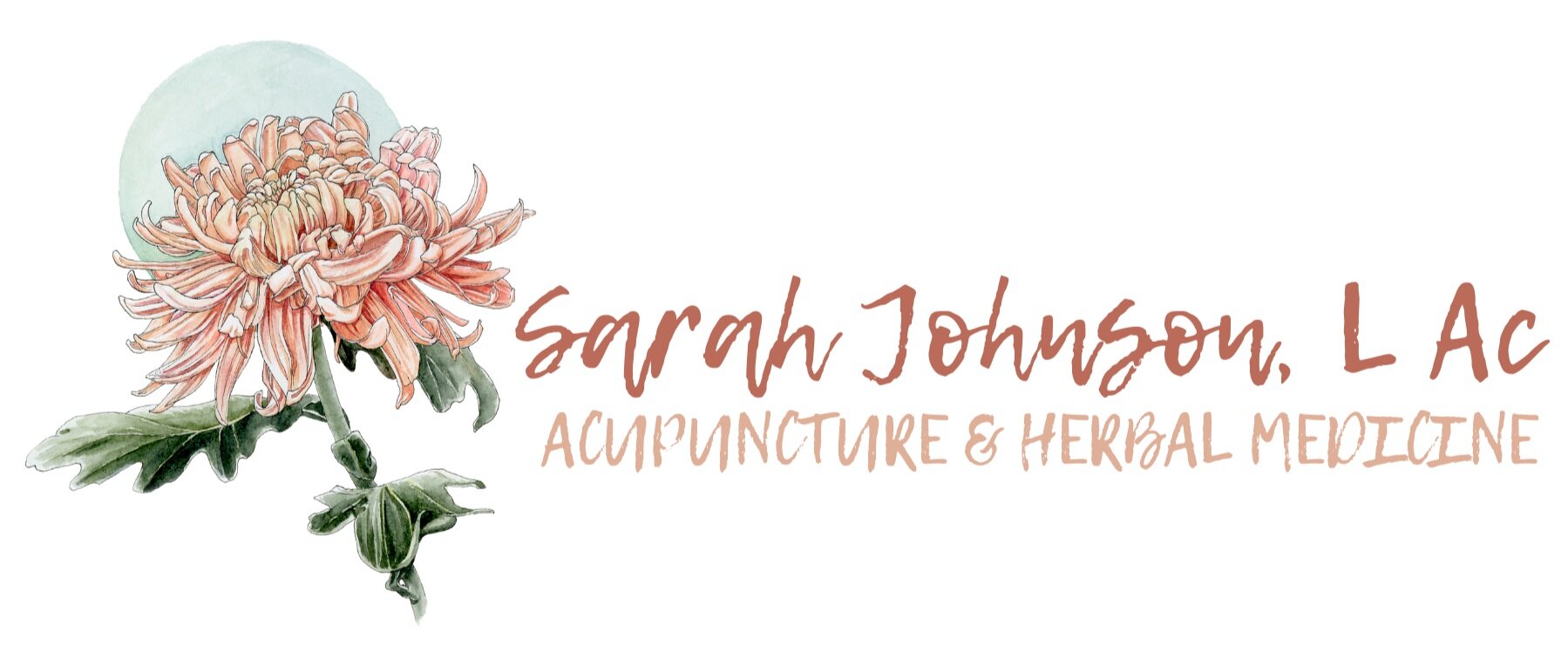Frankincense & Myrrh: Ancient Traditions & Modern Usages
History: The use of frankincense and myrrh have a long and rich history. Most of us know them as the gifts that were presented to the newly born Jesus in the story from the Bible. They have been used in religious and spiritual traditions, in cosmetics, oils, and perfumes, and as natural medicinals for centuries.
Frankincense, or olibanum, is a small tree which has abundant, narrow leaves and white or pale-pink flowers. Incisions are made into the trunk in order to collect a milky-white resin which hardens into an orange-brown gum. Frankincense played an important role in the religious and domestic life of the Ancient Egyptian, Babylonian, Persian, Hebrew, Greek, and Roman civilizations and has been perhaps the most important aromatic incense ingredient since history began. Employed by the Egyptians as a fumigant, ritual incense and cosmetic, frankincense gum was charred to produce a black powder called kohl, used by Egyptian women to paint their eyelids. Additionally, it was one of the main ingredients to make up Jewish ceremonial incense and has been a part of the Sabbath day offering. Dedicated through the ages to a variety of deities; the Babylonian sun god Bael, the Egyptian god Ra, and the Greek Apollo, frankincense has been believed to contain the power to focus our spiritual consciousness, and imbue a potential for transcendental awareness.
Similarly, myrrh is a resinous exudation, or gum, collected from the Commiphora genus; a collection of thorny, short shrubs that grow in the Middle East, northern India, and North Africa. Ancient Egyptians used it as an ingredient of healing topicals as well as an incense to burn during funeral ceremonies. It was said to come from the tears of Horus, the falcon-headed sun god. The Ancient Hebrews drank it with wine in preparation for religious observances in order to elevate consciousness, and it was presented at both the birth and death of Christ. Valued therapeutically throughout history, myrrh found its way into ointments and salves from Greek and Roman times to present day because of its antiseptic and anticatarrhal (mucous reducing) properties.
Usage in Chinese medicine: Frankincense and myrrh have been valued herbs throughout the history of Chinese medicine because they treat a variety of ailments. They are still often used together in herbal formulas which are ingested to help ease pain related to physical conditions such as trauma, arthritis, or menstrual disorders. The taste of each herb is bitter, which, according to Chinese medicine acts on the nervous and circulatory systems.
Usage in aromatherapy: Though I am not well versed in aromatherapy, I do use the scents of different plants, herbs and flowers to help guide my mood. I find peppermint and citrus to be uplifting and invigorating. Frankincense and myrrh lend me a calming and relaxing effect. According to sources, their scent is meant to inspire stillness, calm, and tranquil contemplation. When inhaling the aroma, frankincense is said to help with disorders of the respiratory system, particularly where there is mucus, and myrrh is helpful for digestive issues.
Plant, mineral, and animal substances were the foundation of ancient medicine all over the world and continue to hold their place as valuable remedies for the human body and mind. They can be incredibly effective along side or in place of current pharmaceuticals. Talk to a licensed practitioner of herbal medicine if you would like to incorporate herbs into your health care.
Sarah Johnson L. Ac. is an experienced herbalist and acupuncturist. Call for an appointment today!


